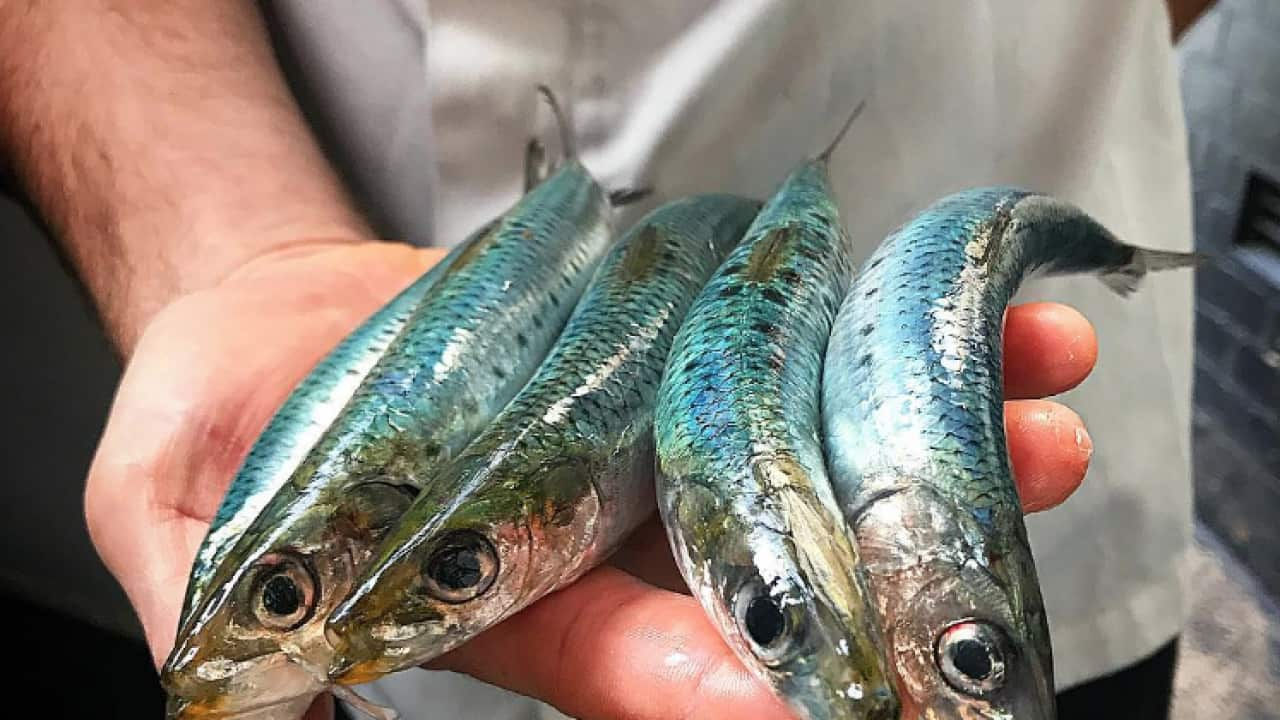There is a general perception in Australia that , which leads many to avoid buying and preparing fresh seafood. This creates a self-fulfilling prophecy because less purchase and preparation then leads to reduced skill in preparing seafood, which often leads to spoilage, which further increases the perception that fish is expensive.
Fish doesn’t have to be expensive.
There are many ways to make your budget stretch further when it comes to stocking up on seafood. Consider these budgeting tips when you’re next at the fish counter.
Ask your fishmonger
Get to know your fishmonger and you’ll soon feel comfortable asking for ‘catch of the day’ bargains. Your fishmonger can point you in the direction of seasonal, lesser-known, short-lived species that are easy on the pocket. Remember to ask the best way to prepare varieties you’re unfamiliar with, or seek recommendations for finding a suitable substitution in a favourite recipe.
“Salmon is a common favourite however for good quality salmon it is increasing in price quite readily. Rainbow trout is a good substitute at a much cheaper price point,” Peter Manettas from tells SBS. “Bake rainbow in the oven, marinated in mixed vegetables and herbs and wrapped in foil, it will come out absolutely perfectly.”
A good fishmonger will be able to tell you how to cook more powerful-flavoured fish varieties in a simple, pleasing way. Get the recipe for
Get the recipe for

Baked trout with Gruyère cheese. Source: Benito Martin
Select in season
Buying fish when it is in abundance in Australian waters makes sense for both a price and sustainability reasons. It’s worth planning your menu around peak times in order to get the best price. Australian salmon, for example, is supplied year-round, but it is most abundant in January and February. Peak season for coral trout is spring, wild barramundi is February and March and Yellowfin bream peaks March through to June.
There will be times when fish isn’t available at all, but other times it will be available in limited amounts. This is when the price will be higher and it’s worth looking at an alternative recipe or a substitute for the recipe you are planning.
The Sydney Fish Market has a good that shows when supply peaks for popular varieties.
Choose the shy fish
Some seafood varieties just don’t have as good a PR team as others. There are many reasons for this, but often it’s just a fish species that Australians aren’t as a familiar with (butterfly gurnard, tailor, mirror dory, luderick) or a type of fish that is historically considered “poor man’s food” (herring, whiting, sardines). There are plenty of “less popular” fish varieties that are less expensive as a result.
“Gurnard is very similar to flathead and perfect to cook the same way, and is still a local fish,” says Manettas. “Another example is bream fillets, which can be changed up for morwong fillets. Year round, local kingfish, orange roughy, mirror dory, ling and gurnard are all good options. These are fish that aren’t commonly spoken about, yet can be extremely affordable.”
Some fish varieties suffer from a serious image problem: for instance, boarfish is frankly funny-looking, with dorsal spines and a squashed snout. The general perception is that it will be a funny-tasting fish too, but that couldn’t be further from the truth. In contrast with its spiky appearance, boarfish is a soft, moist and sweet tasting.
Other less well-known but good eating fish include whiting, bream and Australian bonito.
Short-lived and small
Smaller, fast-growing species are sustainable and abundant. Think short-lived schooling fish that are low on the food chain like sardines, oysters, yabbies and whiting. Short-lived fish tend to be more sustainable than longer-lived varieties and have the bonus of generally being lower in mercury.
Another bonus? Short-lived fish feature in many traditional cuisines, resulting in dishes like the Sicilian , French , and Dutch . Get the recipe for .
Get the recipe for .

Sweet and sour sardines (Sicilian sarde a saor). Source: Chris Chen
The whole fish
It stands to reason that you will get a better price if you’re prepared to do a little work. Scaling, deboning and filleting your own fish can be significantly cheaper per kilo than buying fillets. Get the recipe for from Food Safari Water.
Get the recipe for from Food Safari Water.

Salt baked snapper with samoriglio Source: Sharyn Cairns
You can purchase a whole fish, prepare it and freeze in portions ready for another meal. The bonus is that fish on the bone is often more flavoursome than fillets. The Sydney Fish Market says that these species of whole fish are : Australian salmon, mullet, luderick, bight redfish, gemfish, silver warehou, eastern school whiting and garfish.
Catch Food Safari Water, Tuesdays at 7pm on SBS Food. Visit for recipes, videos and more.




